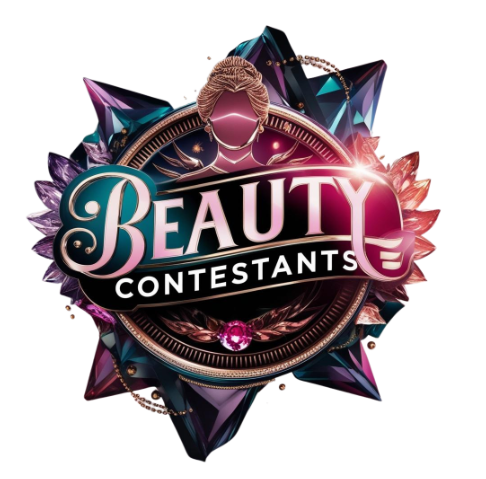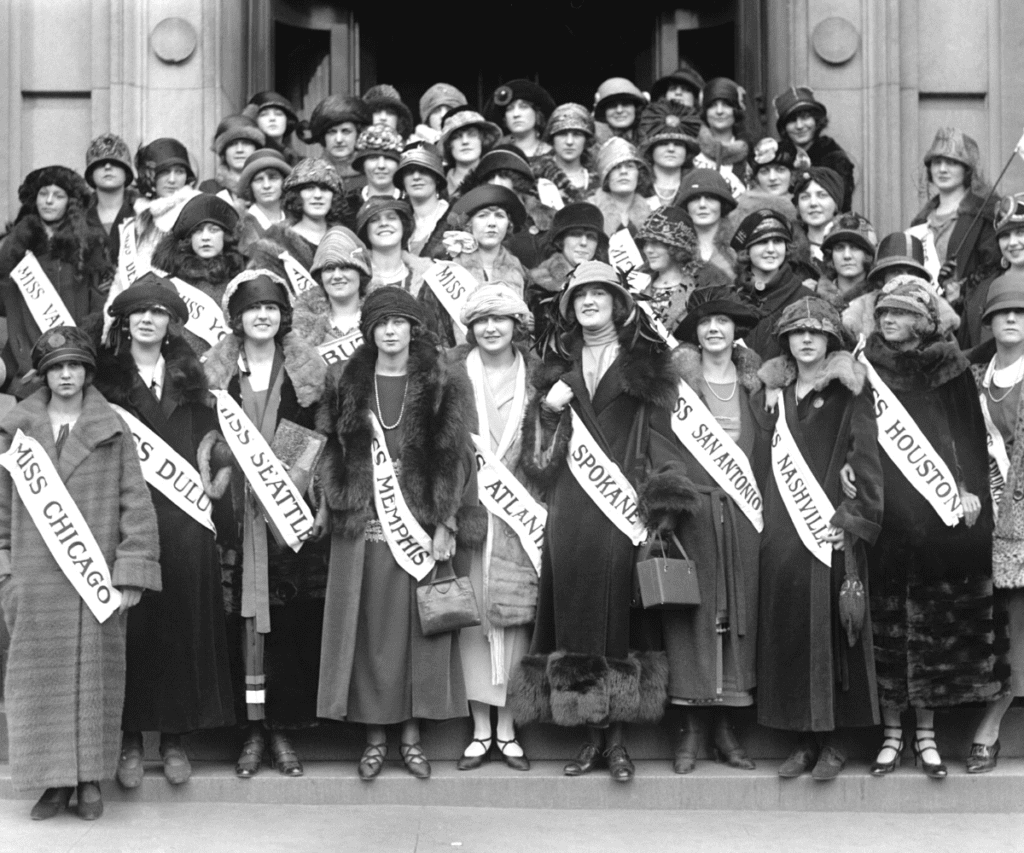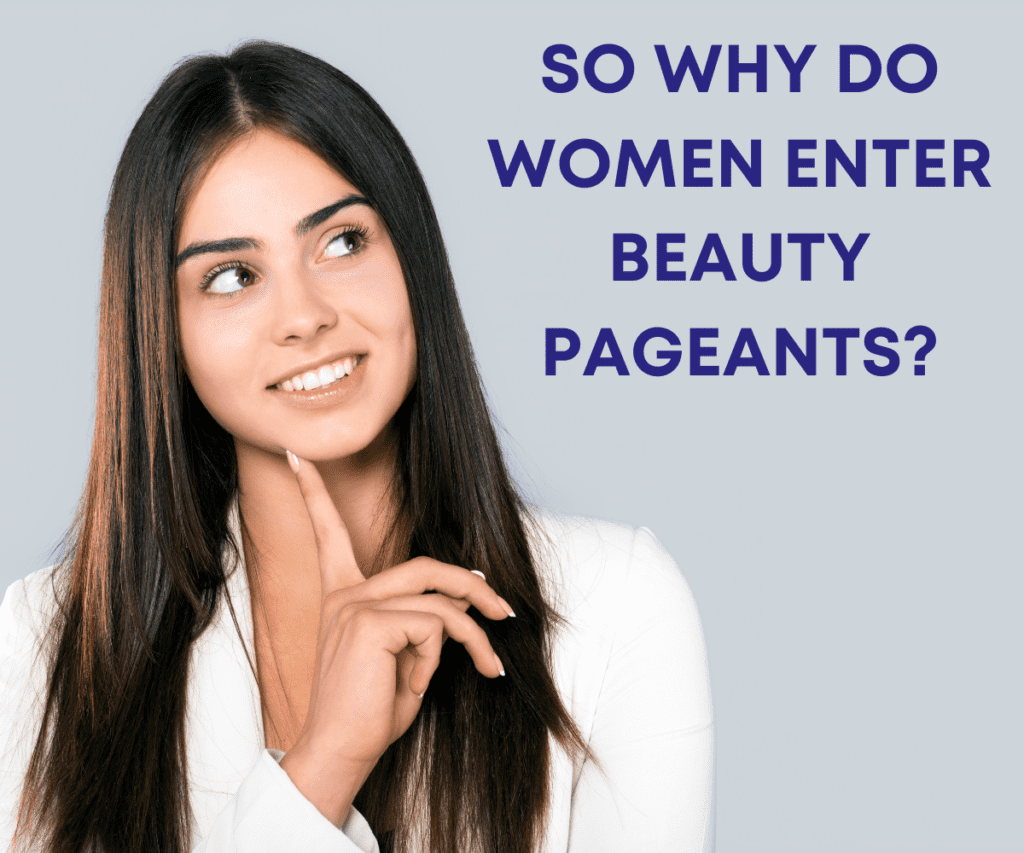Beauty pageants have undergone a profound metamorphosis over the past century, mirroring societal shifts in gender norms, racial equity, and cultural values. From their origins as bathing suit contests to modern platforms for global advocacy, these events reveal much about evolving conceptions of femininity, power, and representation.
1920s-1950s: Foundations of Exclusion
The modern beauty pageant emerged as a marketing tool in 1921 with the Miss America competition, designed to extend Atlantic City’s tourist season. Early contests prioritized Eurocentric ideals:
Contestants wore modest one-piece swimsuits judged against criteria like “slender figure” and “pale complexion. “
Rules barred married women, mothers, and non-white participants, reinforcing white supremacy in mainstream competitions.
The 1926 International Pageant of Pulchritude (later dubbed Miss Universe) introduced global participation. Still, it maintained narrow beauty standards, exemplified by Sweden’s Kiki Håkansson winning in a bikini—a choice later condemned by the Vatican.
These events functioned as cultural rituals of settler colonialism, promoting assimilation through white femininity. Canada’s pageants, for instance, positioned winners as symbols of “settler futurity,” erasing Indigenous identities through universalized beauty norms.1960s-1980s: Cracks in the Facade.
Social movements catalyzed incremental reforms.
Civil Rights Era: The 1968 Miss Black America pageant challenged systemic racism after mainstream contests excluded Black women. Vanessa Williams’ 1984 Miss America win marked a turning point, though she faced racist backlash and later resignation.
Feminist Critiques: Protests at the 1968 Miss America pageant saw activists discard bras and makeup into “freedom trash cans,” decrying objectification. Pageants responded by adding talent rounds (20% of scoring by 1970) and interviews to emphasize intellect.
Global Expansion: Miss World (1951) and Miss Universe (1952) internationalized competitions but faced controversies, like the 1996 Miss World swimsuit round relocation from India due to protests.
Despite these changes, structural biases persisted. A 1980s study of Ghana’s Most Beautiful pageant revealed judges still prioritized height (5’5″ minimum) and “well-built” figures over substantive cultural knowledge1990s-2010s: The Rise of Advocacy.
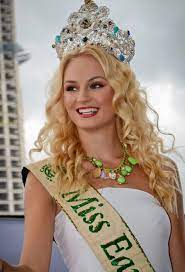
Pageants rebranded as platforms for social change.
Environmental Focus: Miss Earth (2001) required contestants to champion sustainability. Miss Earth 2017 Afghanistan entrant Vida Samadzai faced death threats for wearing a red bikini, symbolizing “peace.”
Scholarship Emphasis: In 1998, Miss America shifted to a “scholarship competition,” offering $500,000 annually. Critics argued that funds should bypass pageant gatekeeping.
Body Positivity: In the 2010s, plus-size divisions emerged, though mainstream contests lagged. In 2023, Miss Universe allowed married women and mothers after decades of restrictions.
However, toxic practices endured. A 2023 study found adolescent girls exposed to pageant media developed 4-5% higher rates of body dissatisfaction, peaking at 20-30% post-broadcast. Contestants reported eating disorders and financial exploitation, with some paying $10,000+ for coaching and gowns.
2020s: Inclusivity as Battleground.
Modern pageants straddle tradition and progress:
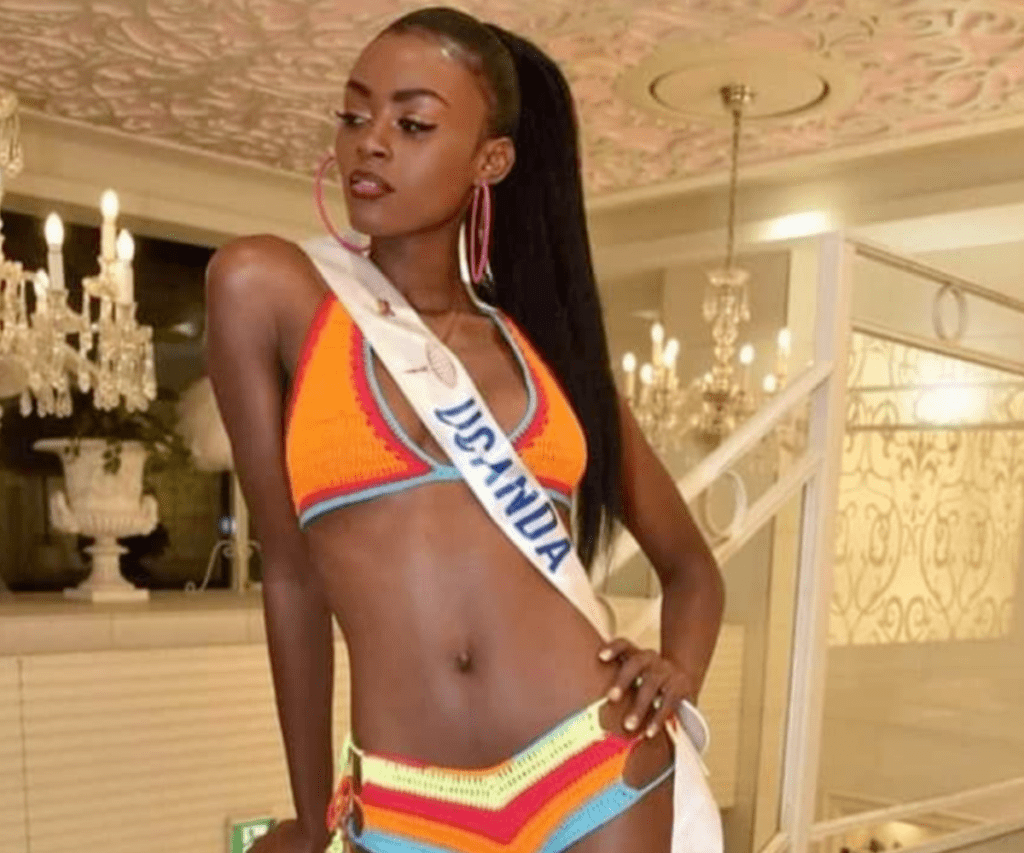
Rule Reforms Modern pageants straddle tradition and progress:
Age Limits: France’s Miss France 2025 crowned 34-year-old lawyer Angélique Angarni-Filopon after abolishing age caps.
LGBTQ+ Inclusion: Spain’s Ángela Ponce (2018) became the first transgender Miss Universe contestant, while Namibia’s Miss Supranational openly welcomes queer participants.
Disability Representation: Miss Universe 2023 featured its first neurodivergent contestant, reflecting broader shifts toward accessibility.
Cultural Authenticity
Ghana’s Most Beautiful now prioritizes contestants’ knowledge of regional traditions over Western beauty ideals.
Miss India Earth delegates showcase handloom textiles and eco-solutions, marrying heritage with innovation.
Systemic Challenges
Despite advances, gatekeeping persists:
Italy’s 2024 Miss pageant bans transgender women, citing “female sex since birth” rules.
Miss World only reintroduced bikinis in 2023 after a 9-year hiatus, highlighting lingering conservatism.
Contractual clauses often restrict winners’ speech, with Miss Universe criticized for controlling contestants’ public appearances.
The Paradox of Modern Pageantry
Today’s competitions exist in a dual reality:
ProgressPersistent Issues
Mothers competing (Miss Universe) Exploitative fees ($500 entry + $5,000 gowns)
Transgender representation Sexual harassment allegations
Climate activism segments, 72% of viewers still prioritize looks
Social media amplifies both empowerment and scrutiny. While Miss England’s 2022 makeup-free contestant went viral for challenging norms, critics noted sponsorships from cosmetic brands undermined the message.
Similarly, Miss Universe’s “Beauty with a Purpose” segment coexists with sponsorship deals promoting unrealistic beauty standards. Cultural Impact and Future Trajectories

Pageants now influence broader beauty trends:
Skincare-Infused Makeup: Serum blushes and “prejuvenation” products mirror hybrid judging criteria valuing health.
Sustainable Fashion: Miss Earth 2025 delegates will wear upcycled materials, aligning with Gen Z’s eco-conscious values 38.
Digital Integration: AI tools like Miss Universe’s contestant chatbot, “Ask Me Anything,” reflect technology’s growing role.
Yet, the core tension remains: Can pageants truly decouple from their exclusionary past? Scholars argue systemic change requires:
Transparent Judging: Adopt rubric-based scoring for interviews and advocacy.
Financial Equity: Offer stipends to lower-income participants 32.
Mental Health Support: Mandatory counselling for contestants post-competition.
As Robin Ross Fleming, Miss USA producer, observes:
“Beauty is now about energy and intellect—the spark when someone speaks passionately, not just their contouring.”
Conclusion
From bathing suits to burkinis, beauty pageants have evolved into contested spaces where tradition collides with modernity. While they increasingly celebrate diversity, their survival hinges on addressing exploitative structures. As Ghanaian pageant director Nana Darko notes:
“True beauty isn’t worn—it’s lived through action.”
The next decade will test whether these institutions can fully transition from spectacles of exclusion to catalysts for global equity.
